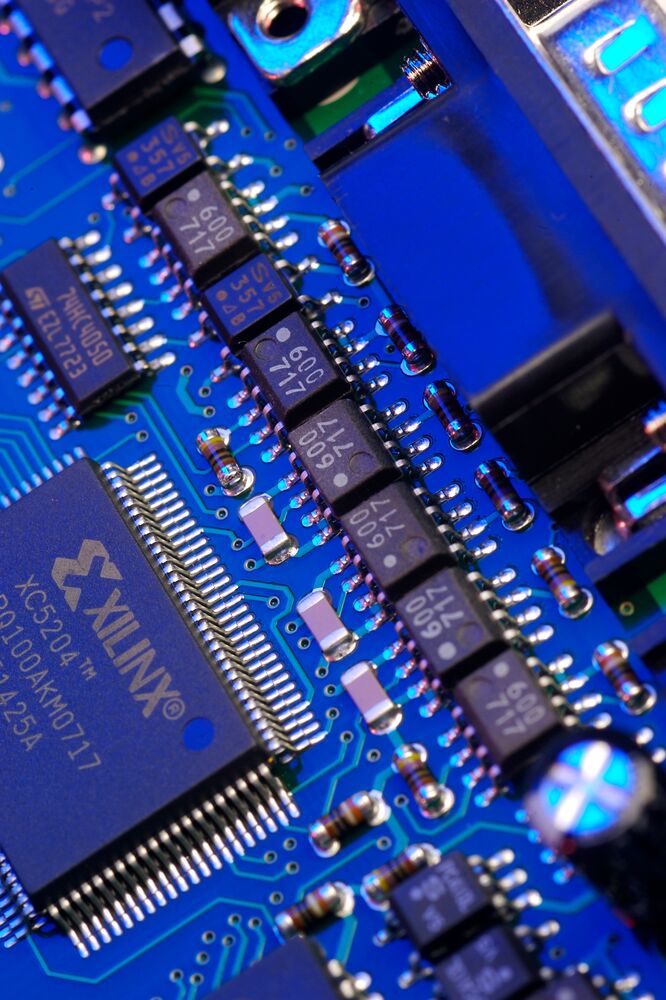Use of technical gases in electronics production
Technical gases play a key role in modern electronics production, ensuring process stability, high product quality and production safety.
They are used at all stages – from the manufacture of semiconductors to the assembly of finished electronic components.
Advantages of using technical gases
- improving the quality and reliability of electronic components;
- preventing defects and scrap;
- extending the service life of equipment;
- increasing the safety of production processes.
